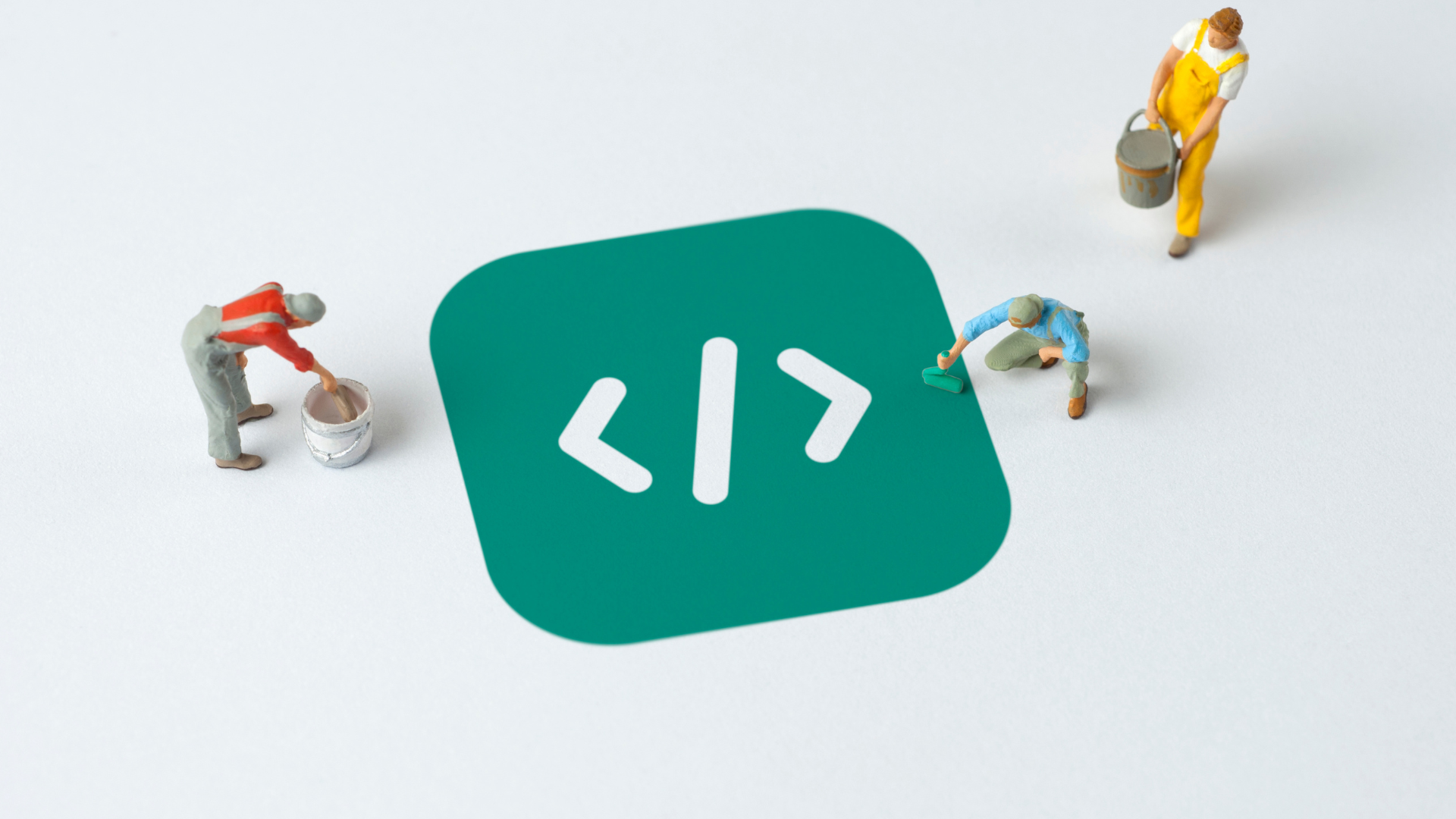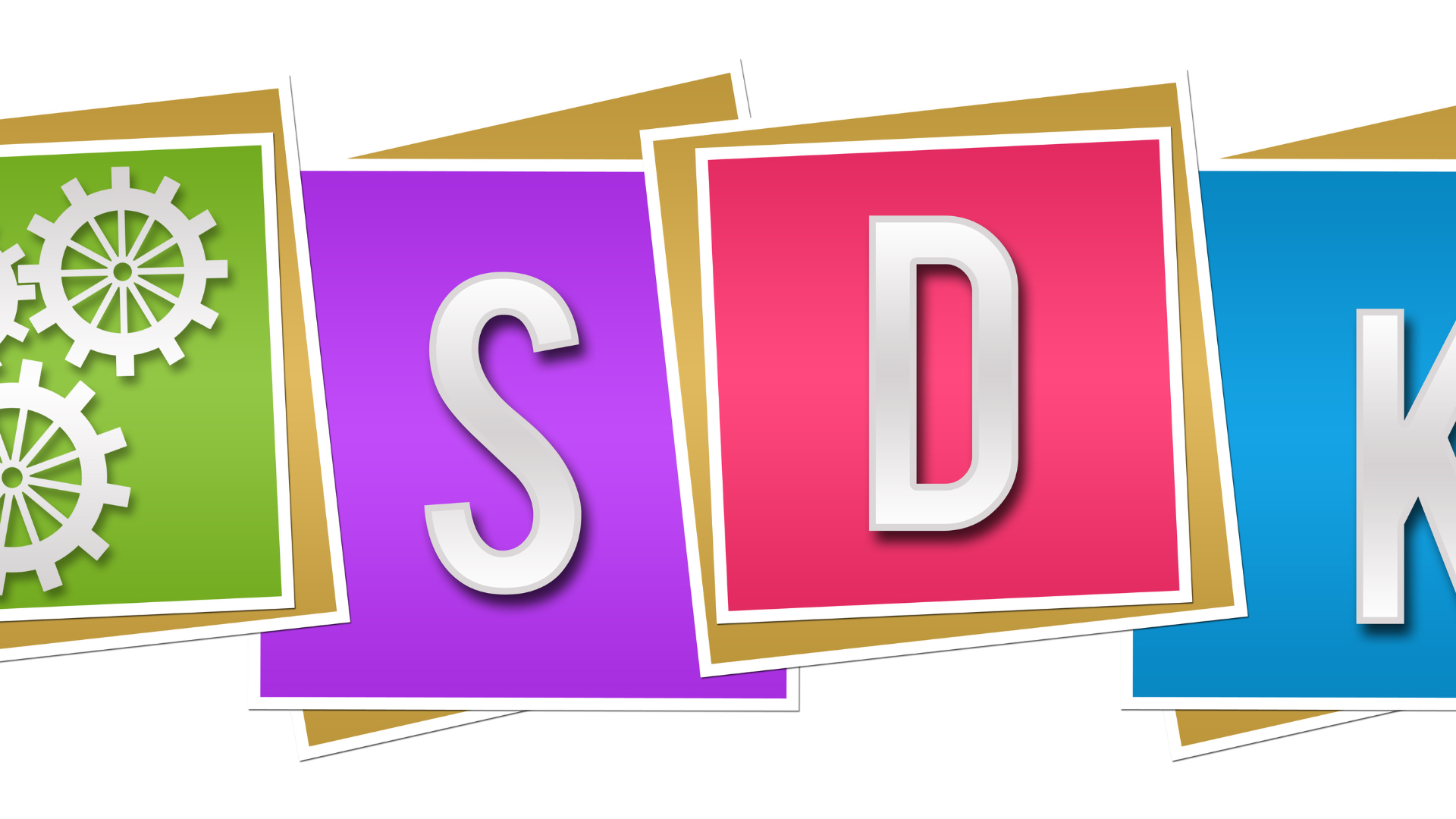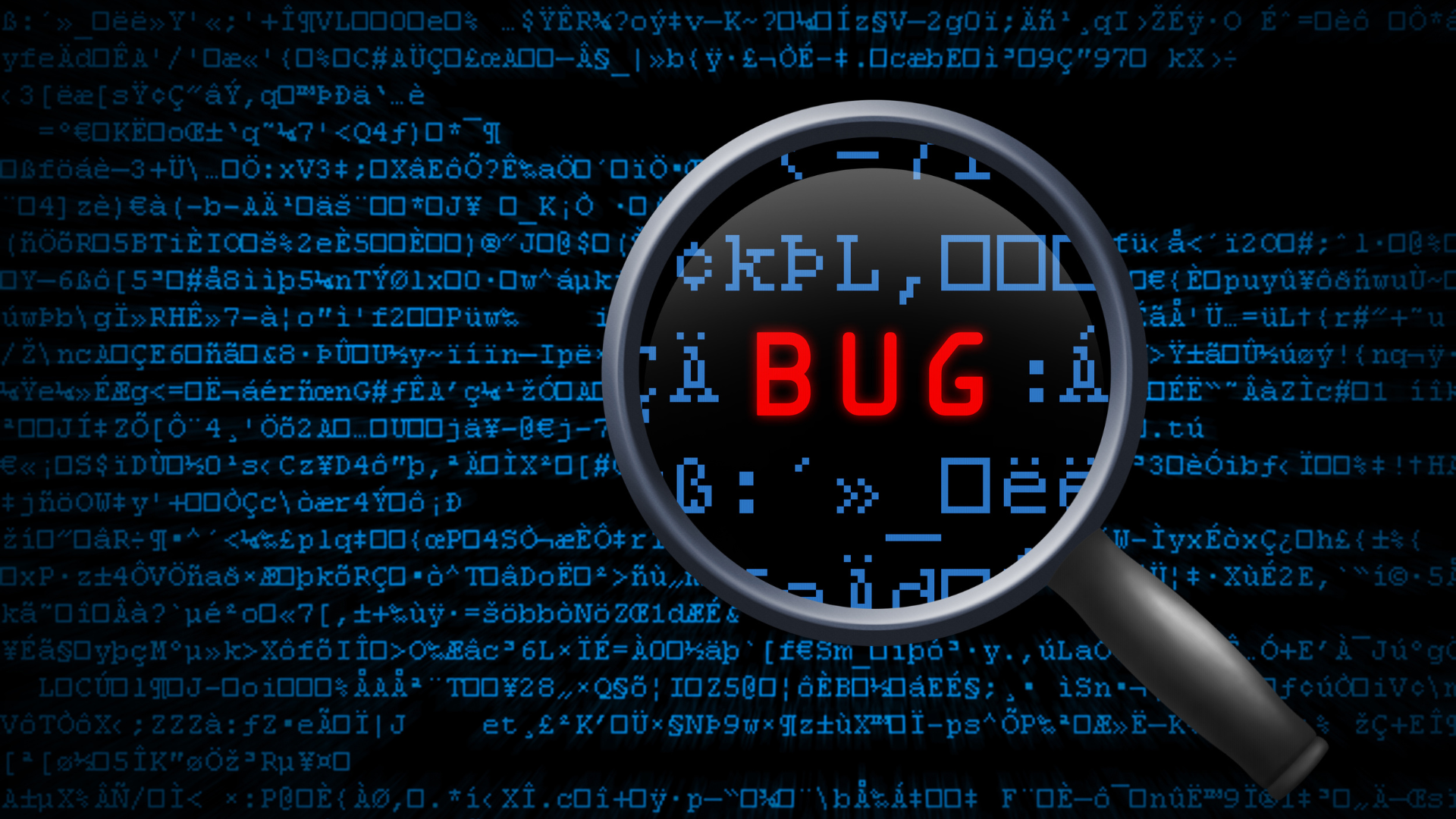Coding Overview for Mobile - a Beginner's Guide
by humzii in Teachers > University+
470 Views, 1 Favorites, 0 Comments
Coding Overview for Mobile - a Beginner's Guide

Mobile devices have become an integral part of our lives, and behind every mobile app we use, there is a coder who has developed it. Coding for mobile is an exciting and rewarding skill to learn, allowing you to create innovative apps that can reach millions of users worldwide. In this guide, we will take you through the basics of coding for mobile and help you get started on your coding journey.
Definition of Coding
Coding, also known as programming, is the process of designing and building instructions that a computer or mobile device can follow to perform specific tasks. It involves writing code in various programming languages to create software applications.
Importance of Coding in Mobile Development
Coding is essential in mobile development as it allows developers to create mobile applications that run smoothly and efficiently on various devices. It enables developers to add features, fix bugs, and improve the performance of mobile apps.
Basics of Coding
.png)
Understanding Programming Languages
Programming languages are used to communicate instructions to computers and mobile devices. Some popular programming languages for mobile development include Java, Swift, Kotlin, and JavaScript.
Introduction to HTML, CSS, and JavaScript
HTML (HyperText Markup Language), CSS (Cascading Style Sheets), and JavaScript are essential languages for building websites and web applications. They are also used in hybrid mobile app development frameworks like Apache Cordova and Ionic.
Setting Up a Development Environment
.png)
Choosing the Right IDE or Text Editor
An Integrated Development Environment (IDE) or text editor is essential for writing, editing, and debugging code. Some popular IDEs for mobile development include Android Studio (for Android) and Xcode (for iOS).
Installing Necessary Tools and SDKs
Software Development Kits (SDKs) provide the necessary tools and libraries to develop mobile apps. Installing the appropriate SDKs for your chosen platform is crucial for mobile development.
Learning the Fundamentals
Variables and Data Types
Variables are used to store data in a program, while data types define the type of data that can be stored in a variable (e.g., integers, strings, booleans).
Control Structures (Loops and Conditionals)
Control structures such as loops (for, while) and conditionals (if-else) are used to control the flow of a program based on certain conditions.
Functions and Methods
Functions and methods are blocks of code that perform a specific task. They help in organizing code and making it reusable.
Mobile App Development
Understanding the Mobile App Development Lifecycle
The mobile app development lifecycle consists of several stages, including planning, design, development, testing, and deployment.
Overview of App Architecture
App architecture refers to the structure of an app, including its components, modules, and interactions. Understanding app architecture is crucial for developing scalable and maintainable apps.
Mobile Frameworks

Overview of Popular Frameworks (e.g., React Native, Flutter)
React Native and Flutter are popular frameworks for building cross-platform mobile apps. They allow developers to write code once and deploy it on multiple platforms.
Choosing the Right Framework for Your Project
The choice of framework depends on various factors such as project requirements, developer expertise, and target audience. It is essential to choose a framework that best suits your project needs.
Creating Your First Mobile App

Setting Up a New Project
To create a new mobile app, you need to set up a new project in your chosen IDE or framework. This involves creating the necessary files and folders for your app.
Building a Simple App with Basic Functionalities
Start by building a simple app with basic functionalities such as displaying text, images, and buttons. This will help you understand the fundamentals of mobile app development.
Testing and Debugging

Importance of Testing in Mobile Development
Testing is crucial in mobile development to ensure that the app functions correctly and meets the user's expectations. It helps in identifying and fixing bugs and errors in the app.
Tools and Techniques for Debugging
Various tools and techniques, such as breakpoints, logging, and error tracking tools, can be used for debugging mobile apps. These tools help in identifying and resolving issues in the code.
Publishing Your App

Overview of App Stores (e.g., Google Play Store, Apple App Store)
App stores are platforms where users can discover, download, and install mobile apps. Google Play Store and Apple App Store are two of the most popular app stores.
Steps to Publish Your App
Publishing your app involves preparing the app for release, creating a developer account, and submitting the app to the app store for review. Once approved, your app will be available for download by users.
Conclusion
Coding for mobile phone is an exciting journey that allows you to create innovative apps that can make a difference in people's lives. By learning the basics of coding and mobile app development, you can unleash your creativity and build amazing mobile apps that users will love.